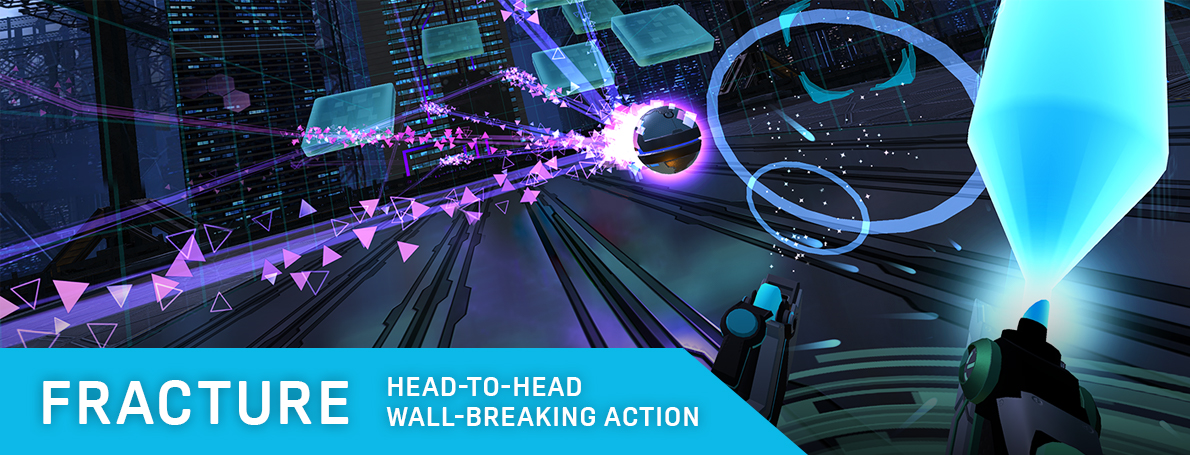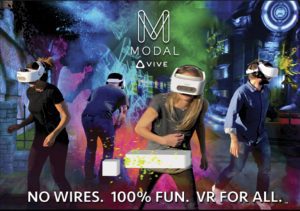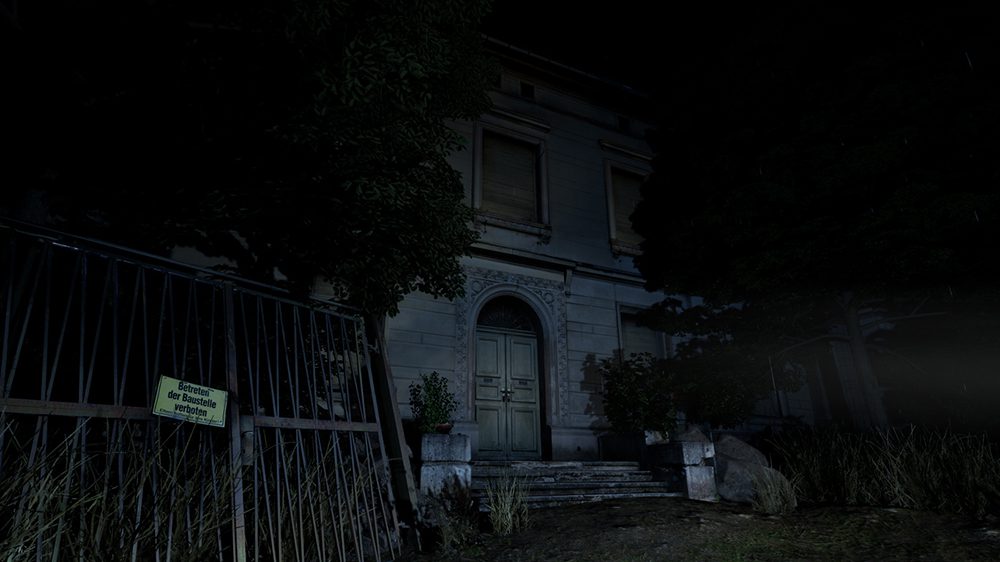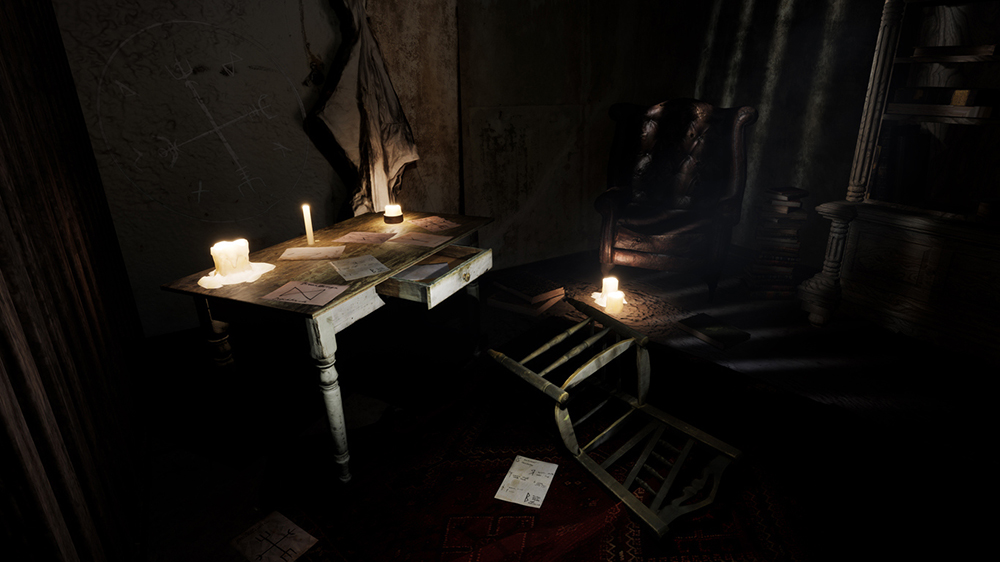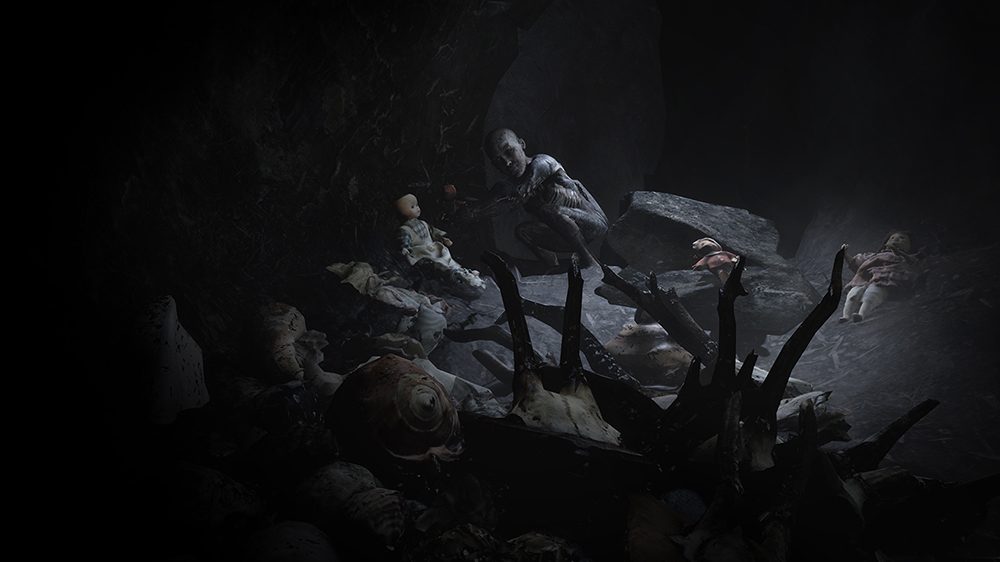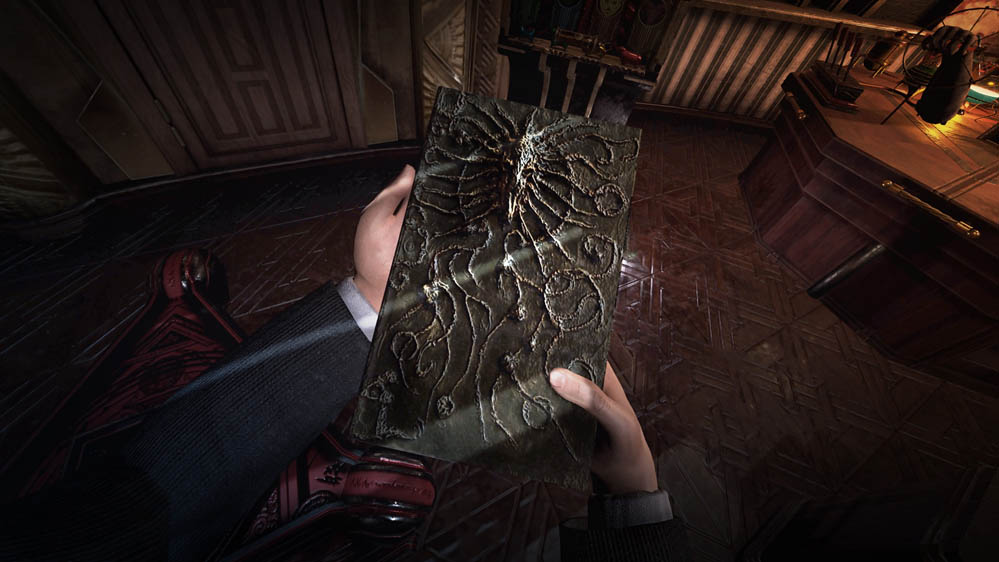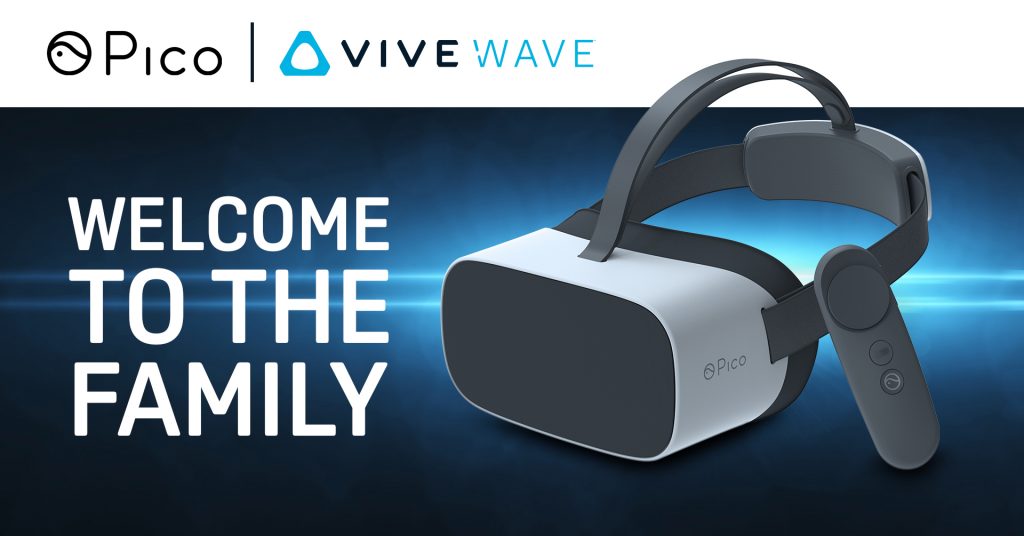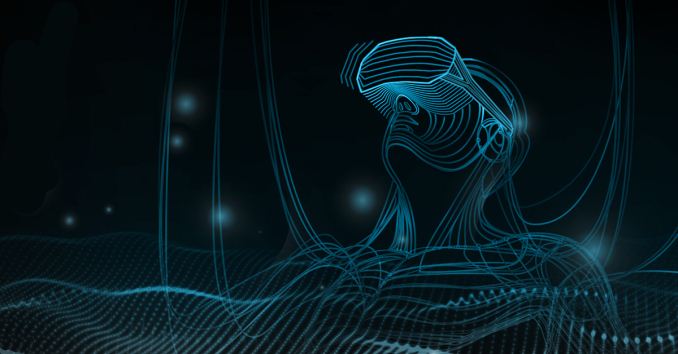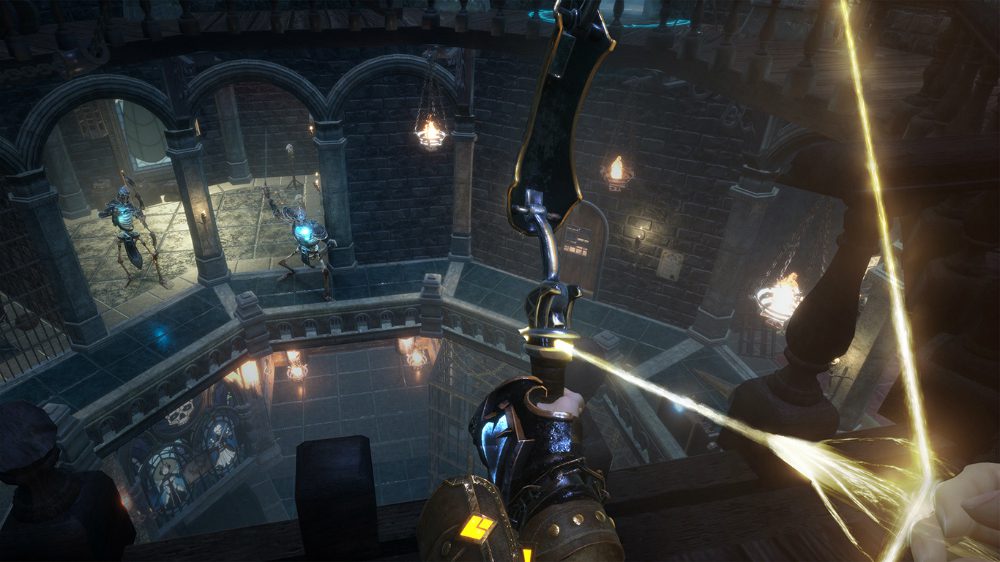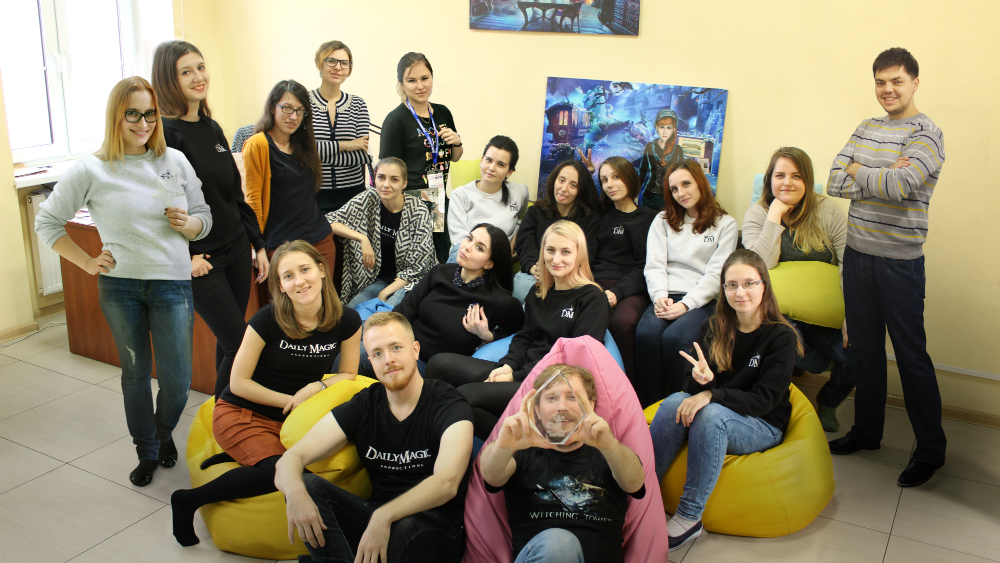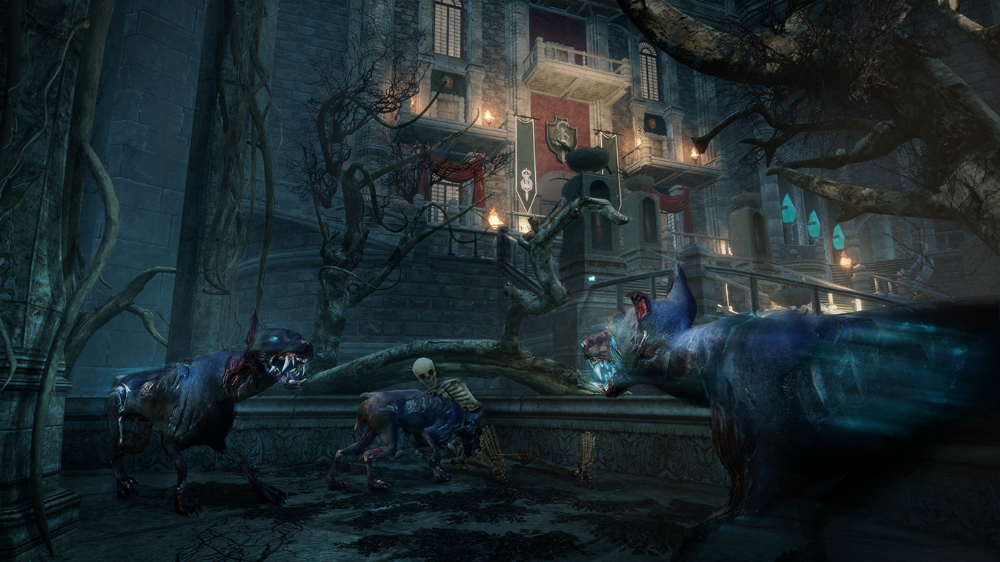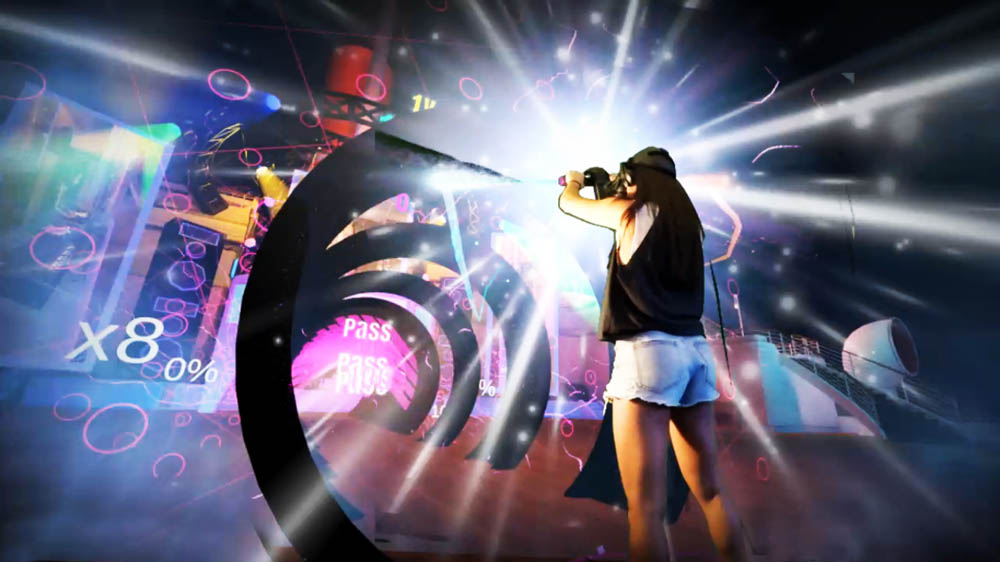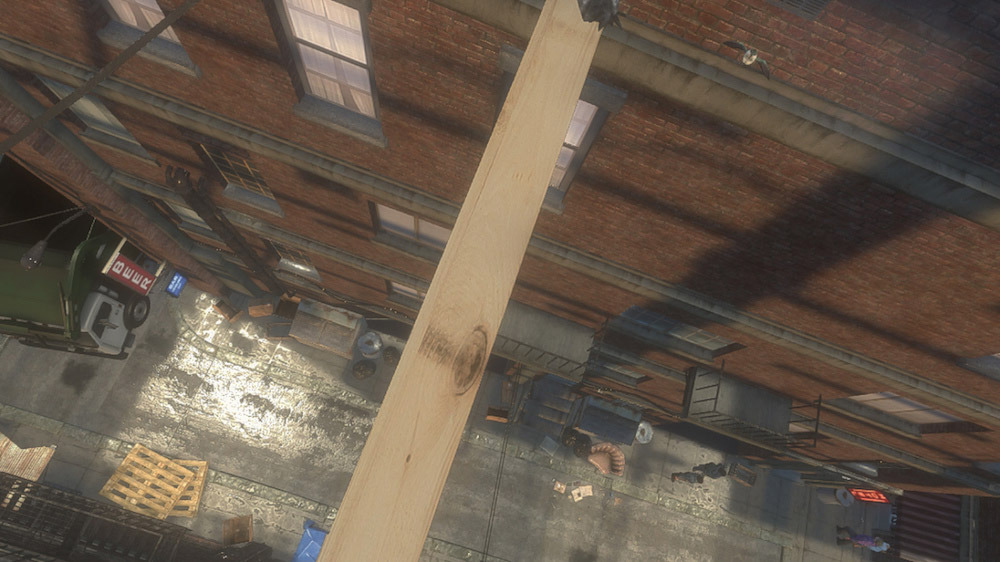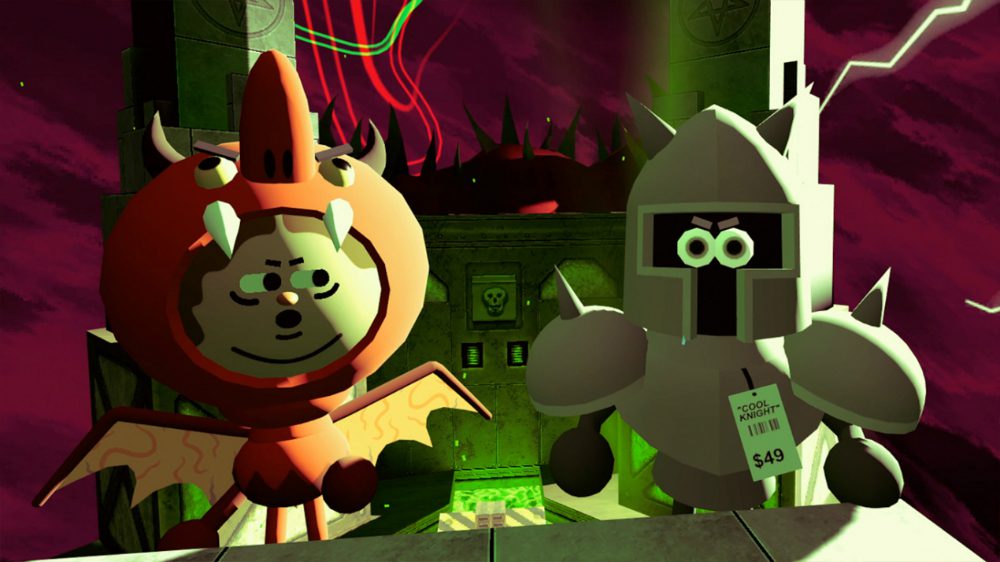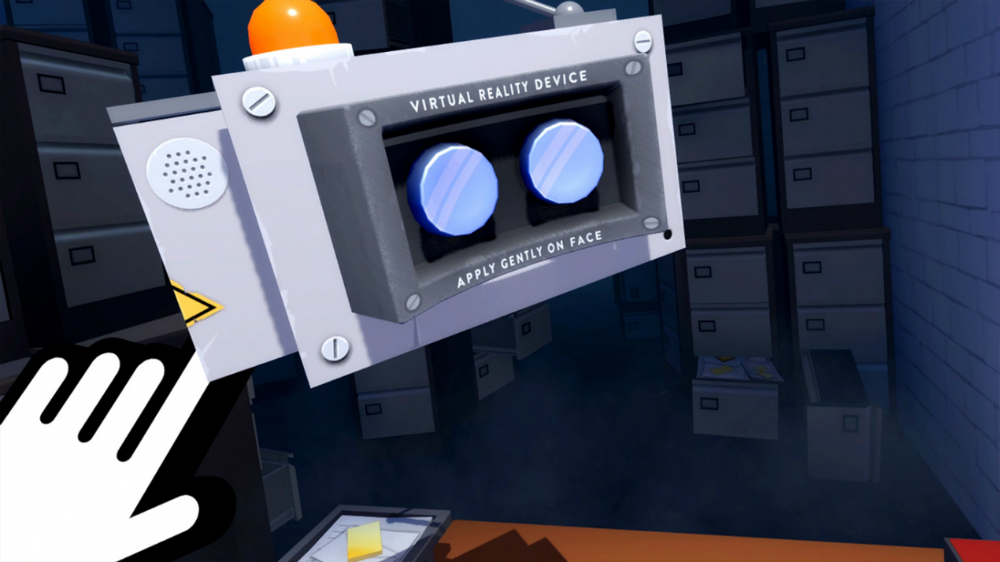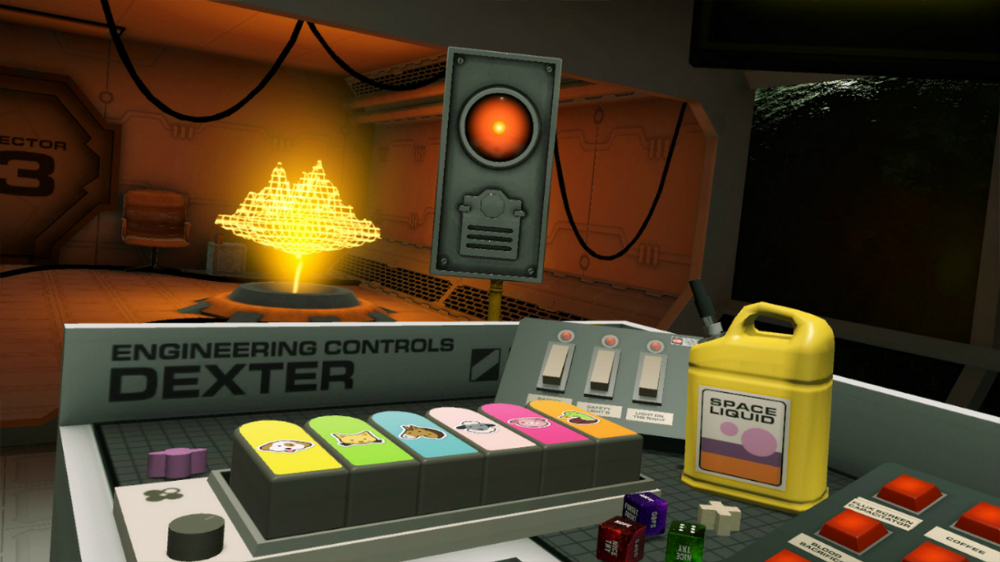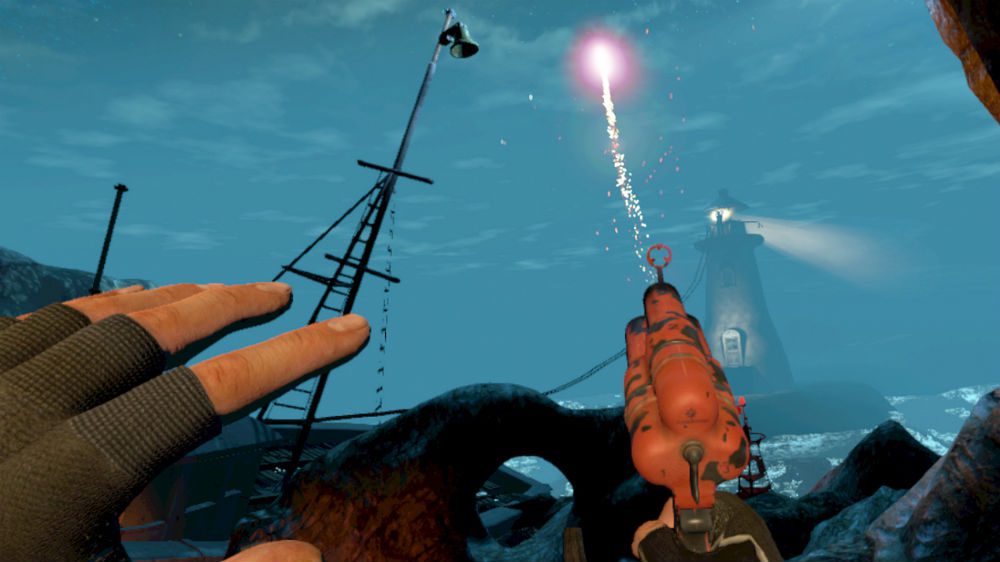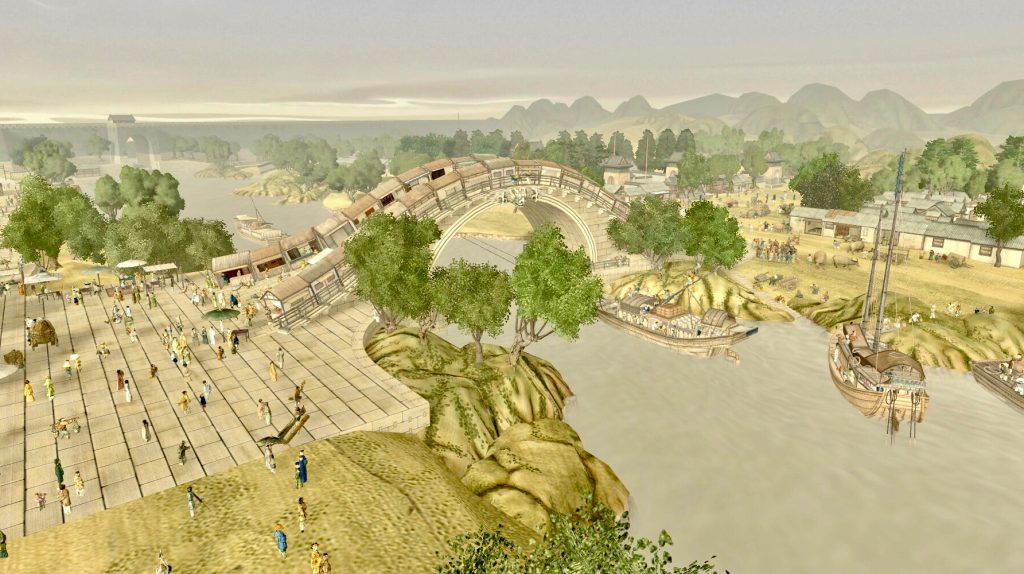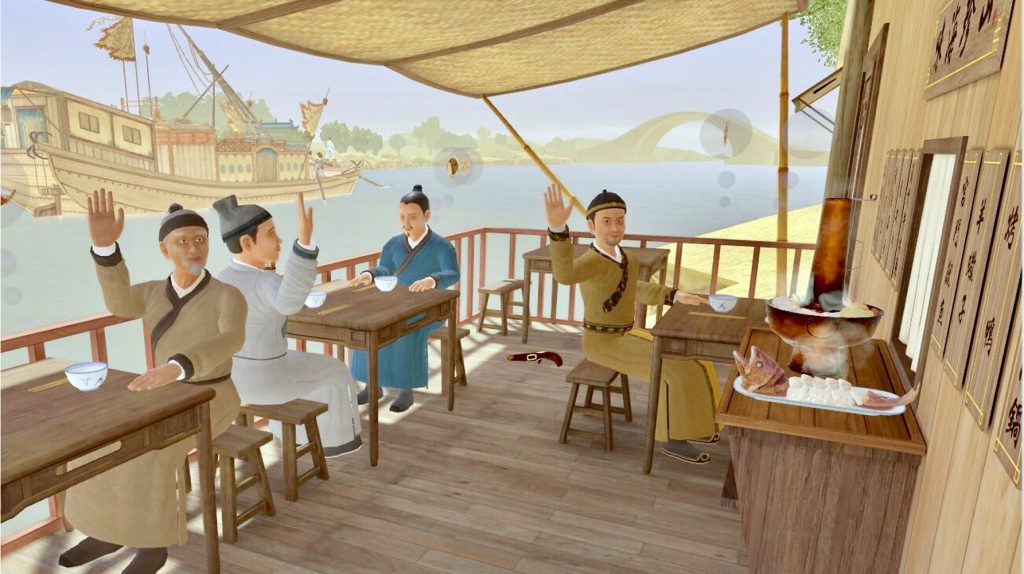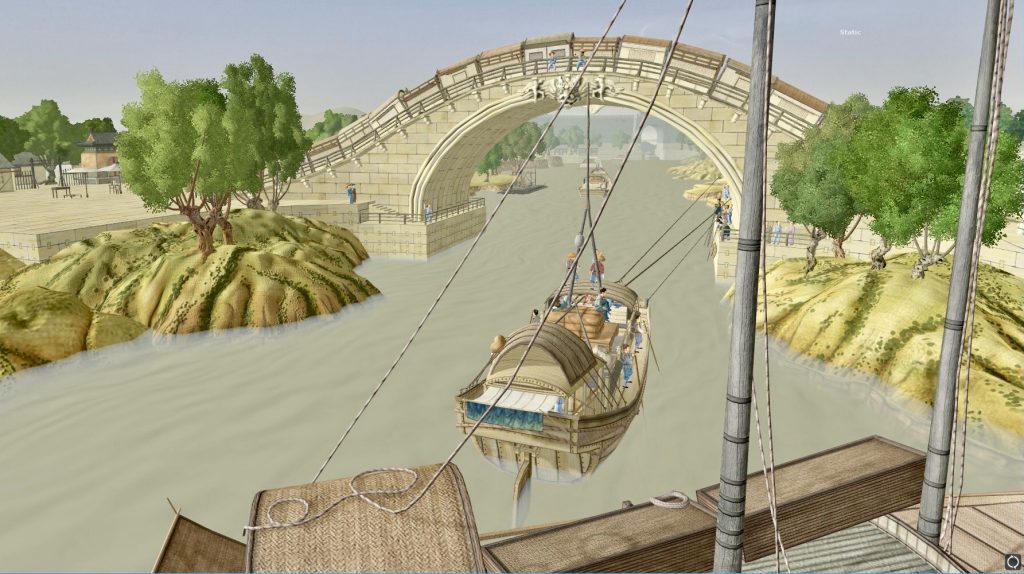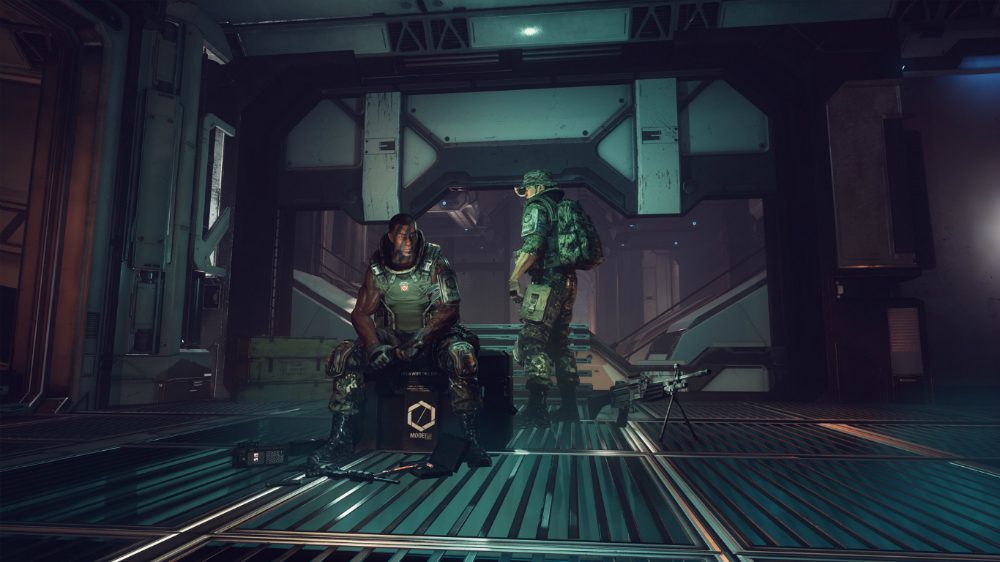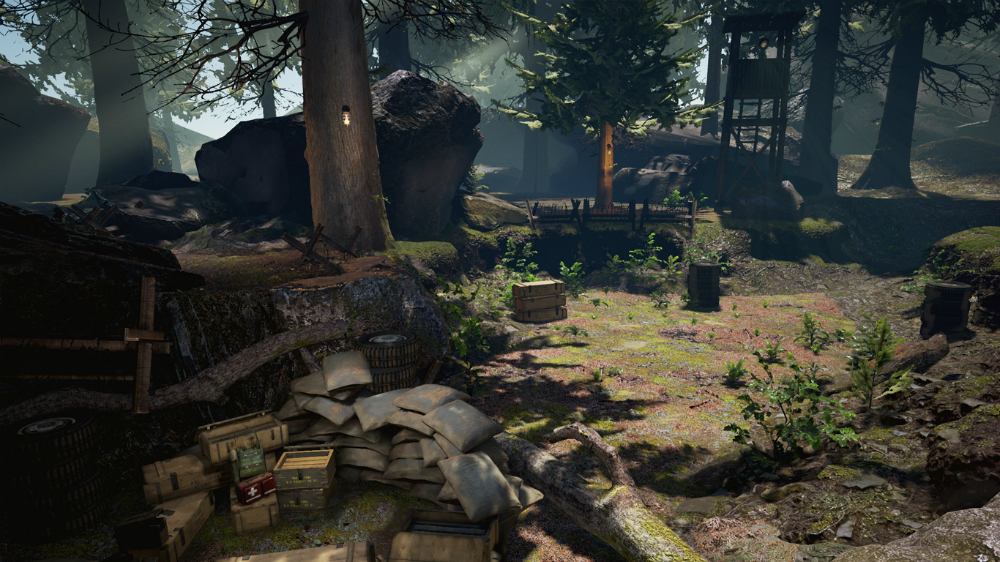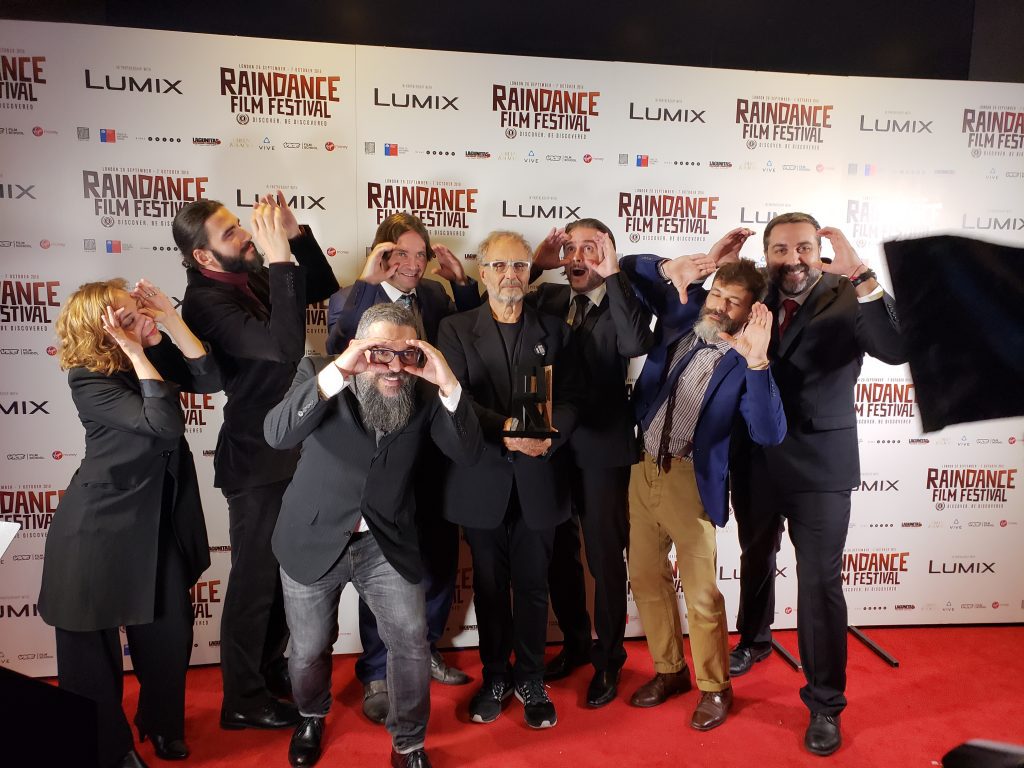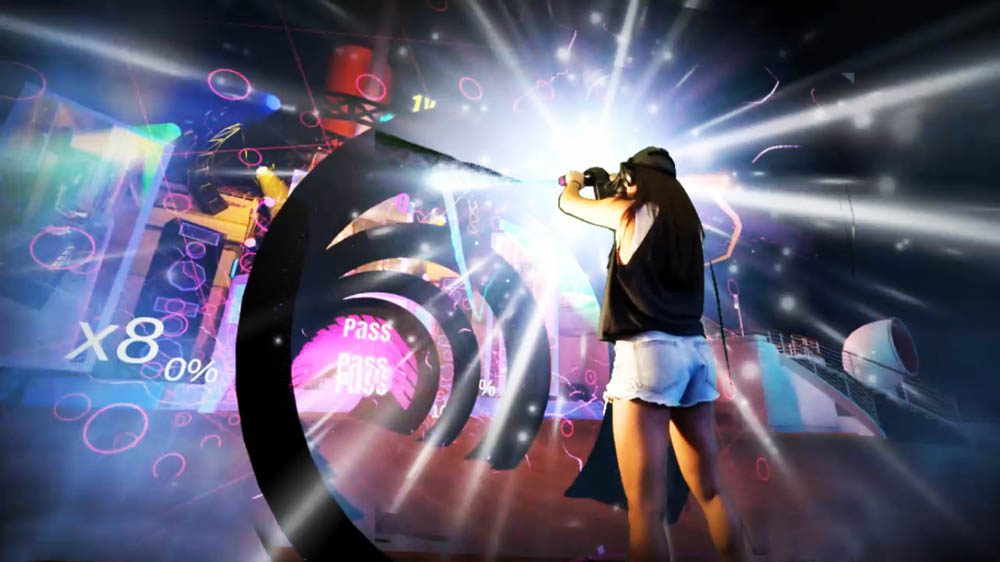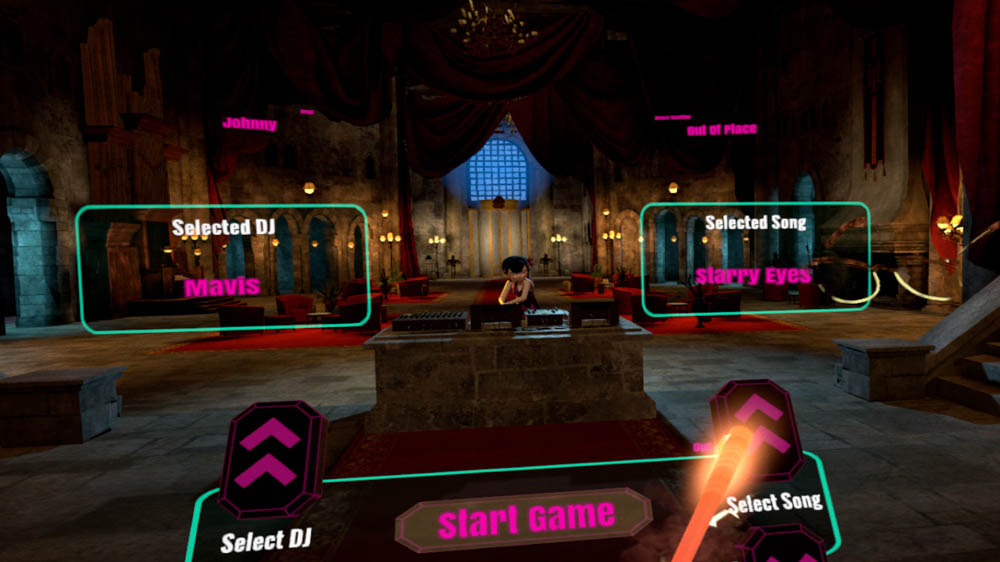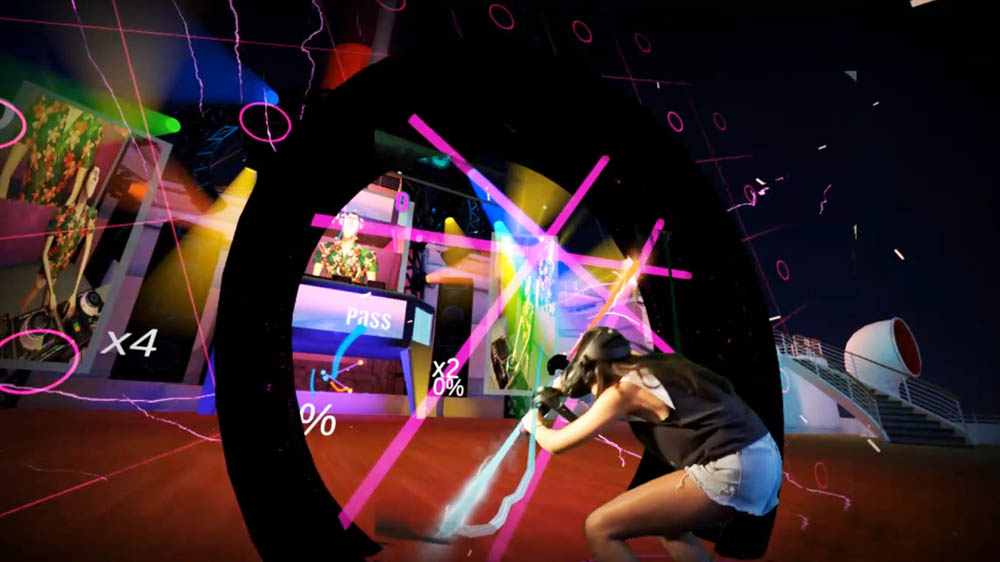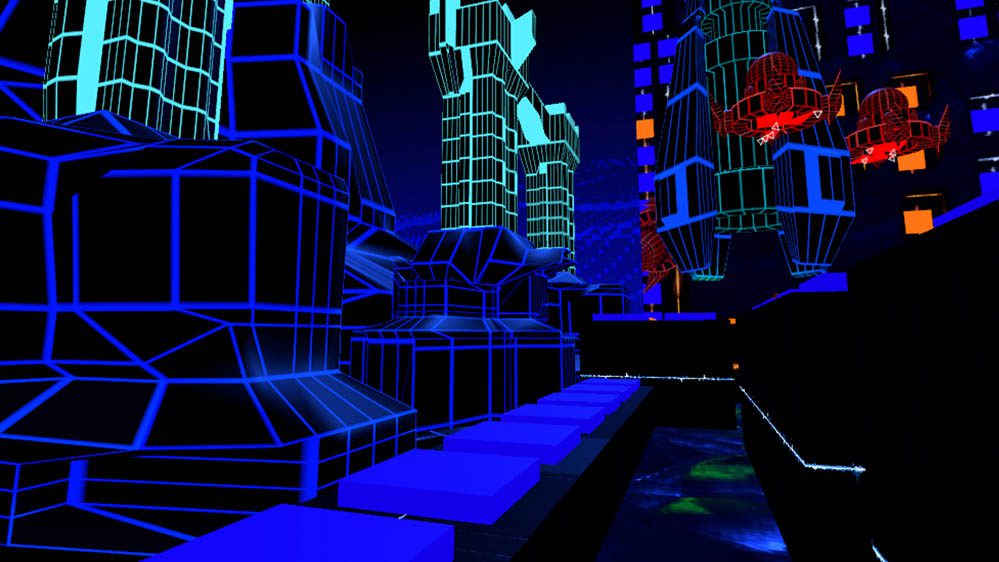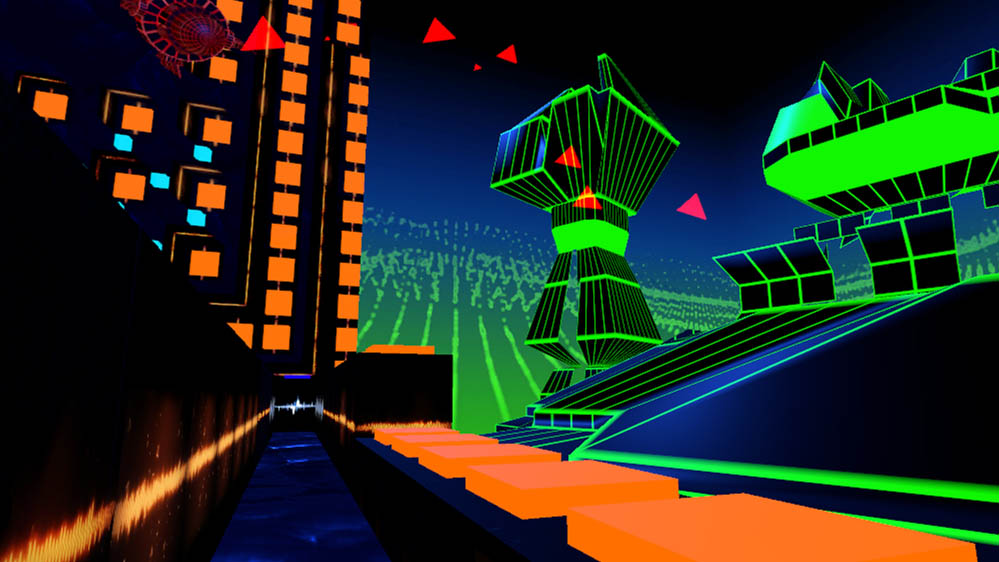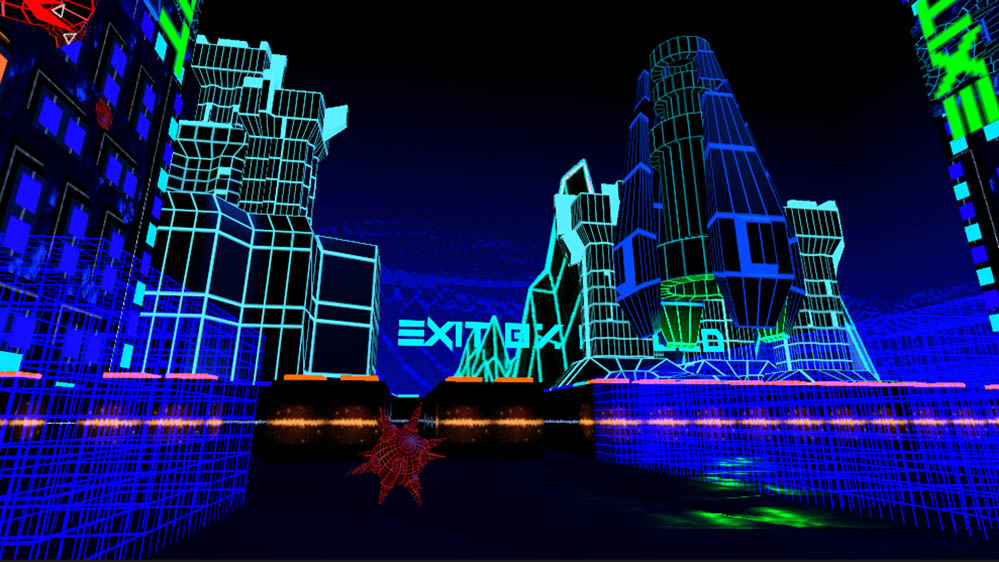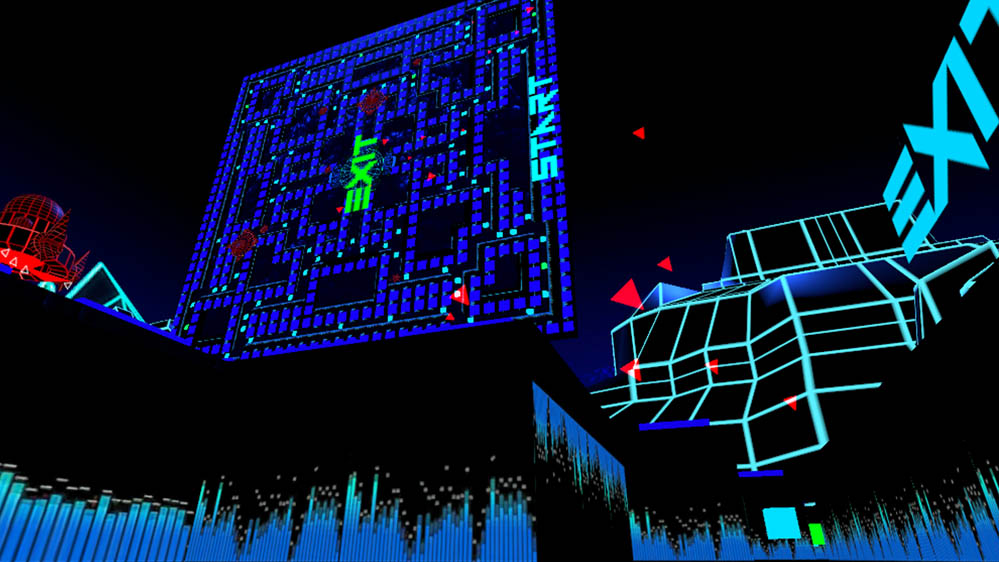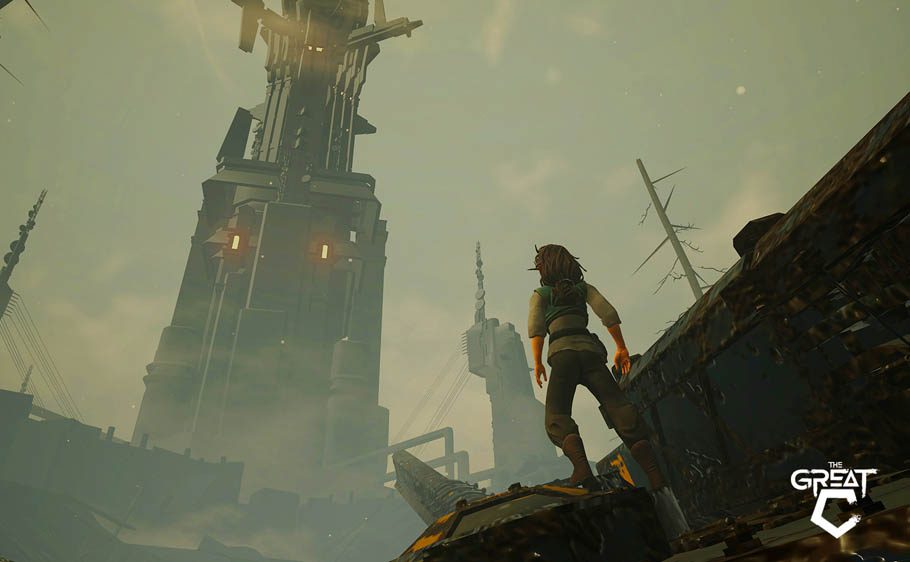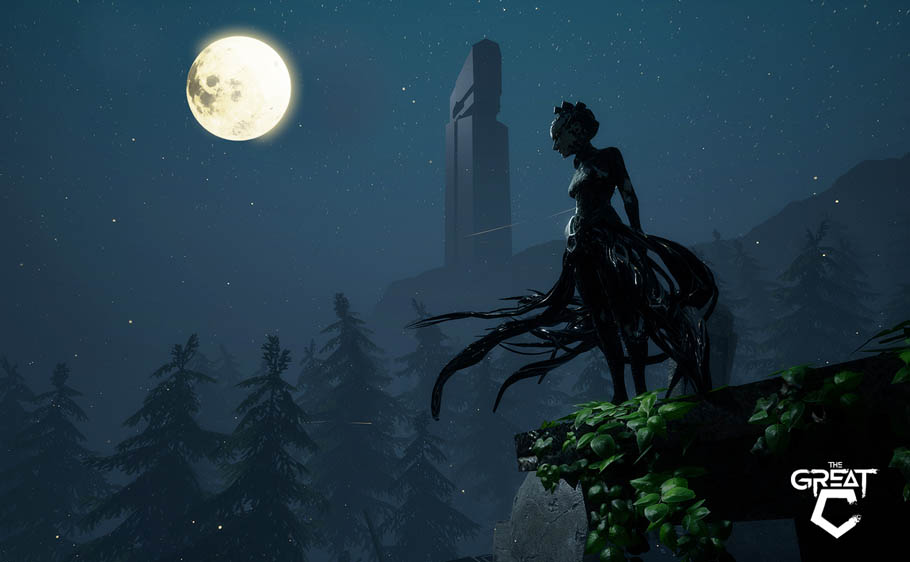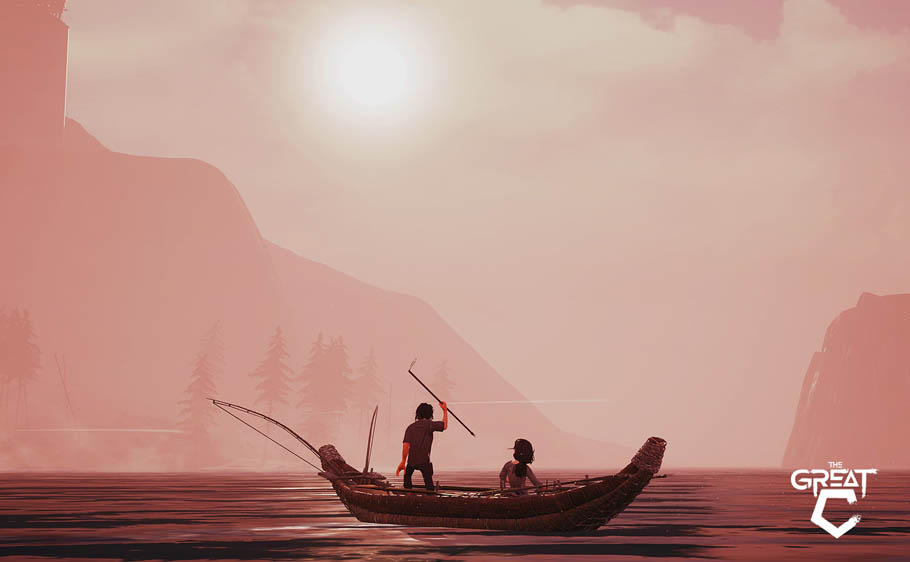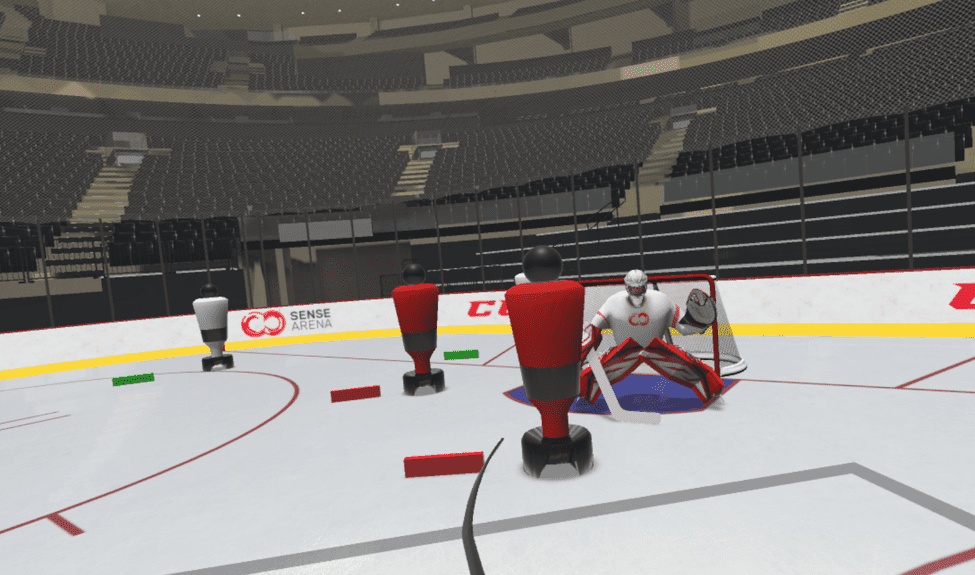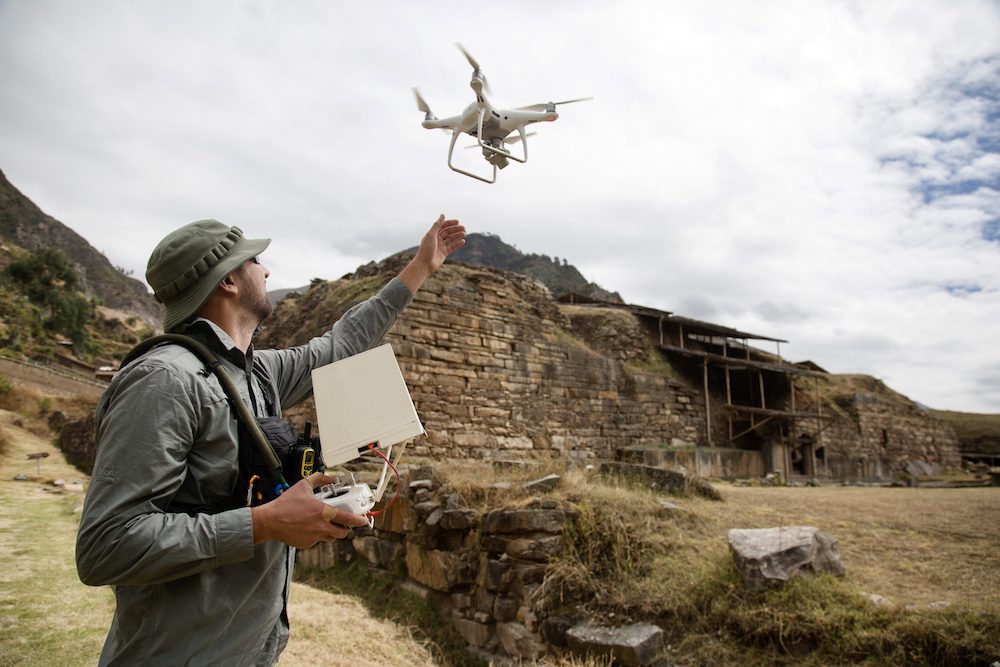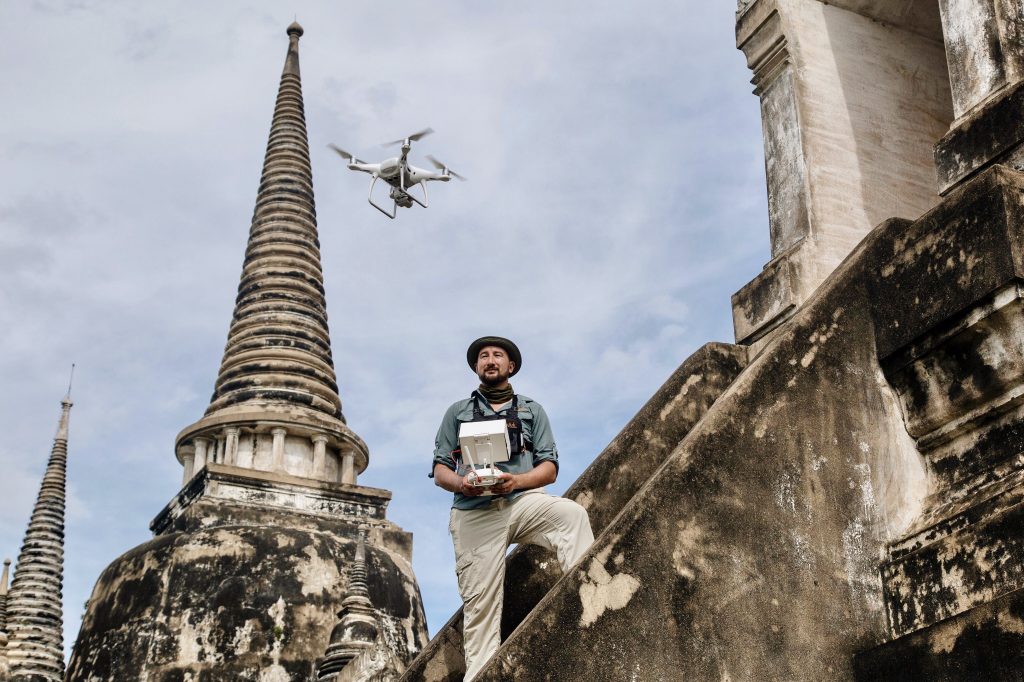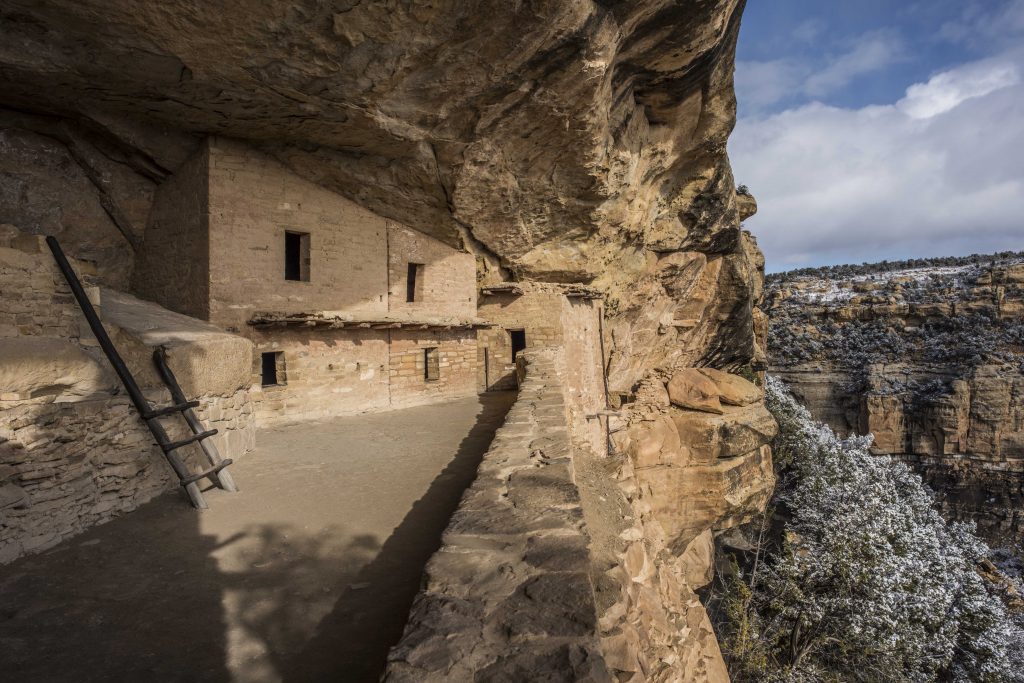Polish development team The House of Fables have taken one thing (trains) and paired it with another thing (puzzles) to create Trains VR, a VR-puzzle-train-management-sim that we’re proud to host on Viveport.
We flagged down Adam Robaszyński-Janiec to talk about Trains VR. Full steam ahead!
[youtube https://www.youtube.com/watch?v=bgu_WJx2ByA]
Trains VR is pretty unique, being a puzzle game with trains. How did you come up with the idea?
We started by making a sandbox prototype using trains during a game jam, and it was good. Then we polished it for a couple of months and brought it to a game conference, showcased it to hundreds of people. Most of them loved the game but it seemed they would enjoy it more if they had some clear goal. So we figured out that we can get the best from both worlds; we can give people the freedom of a sandbox (as there isn’t one ‘best’ or ‘only’ solution for the puzzles) and also a clear goal – to bring trains safely to stations.
What was your motivation to create Trains VR – was it a love of model trains, puzzles or maybe a bit of both?
I have great memories of trains as I played with them as a child, and walked with my father to watch trains passing by, etc, so that was part of it. Now that I have children I play with model trains with them and I know how messy it is (and painful if you step on a track). Also model trains take up a lot of space! VR lets us solve problems and deliver great experience with no mess and also easier handling. Placing tracks in Trains VR is kind like painting them on the board. Way easier than looking for correct track pieces in a huge box.
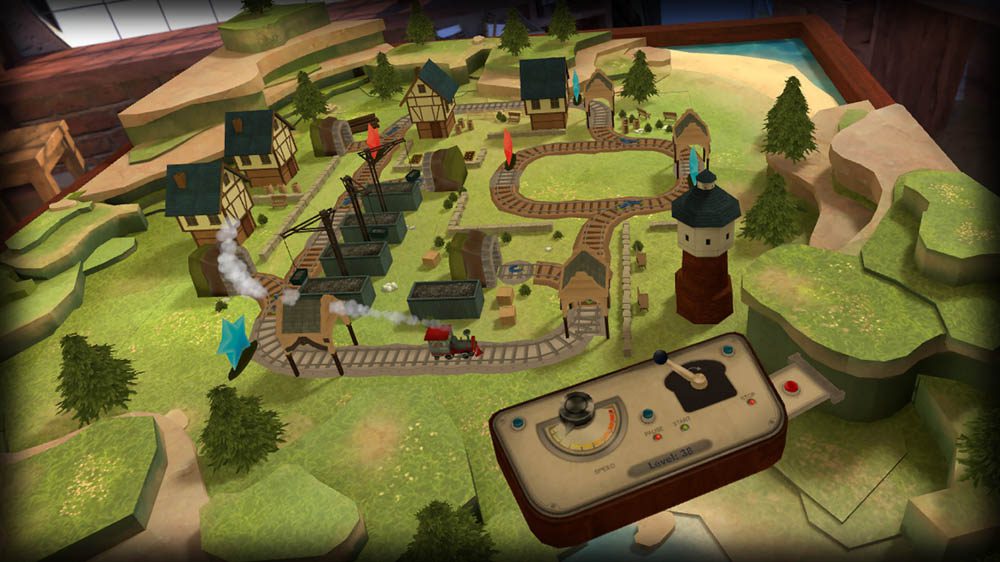
When you were creating that prototype, how did you model the trains? Did you use real life models?
We used LEGO trains to make prototypes of the locomotives, actually, and wide lens cameras to catch a 180 degree view, which also helped us figure out which would be the best way to avoid motion sickness. It can’t be too open – as it would be bad nauseating experience – and can’t be to closed as it would diminish the feel and joy of the ride.
Were you (or are you) model train enthusiasts? Did that encourage you to create Trains VR?
I can’t say I am an enthusiast – it was rather a mix of childhood memories of playing with toy, electric trains, watching trains, traveling by train and having my own children also playing with train toys that made me want to make it. We have tracks nearby the office, so pretty often that train is passing and if they wave, trains often make their “Choo choo” noise!
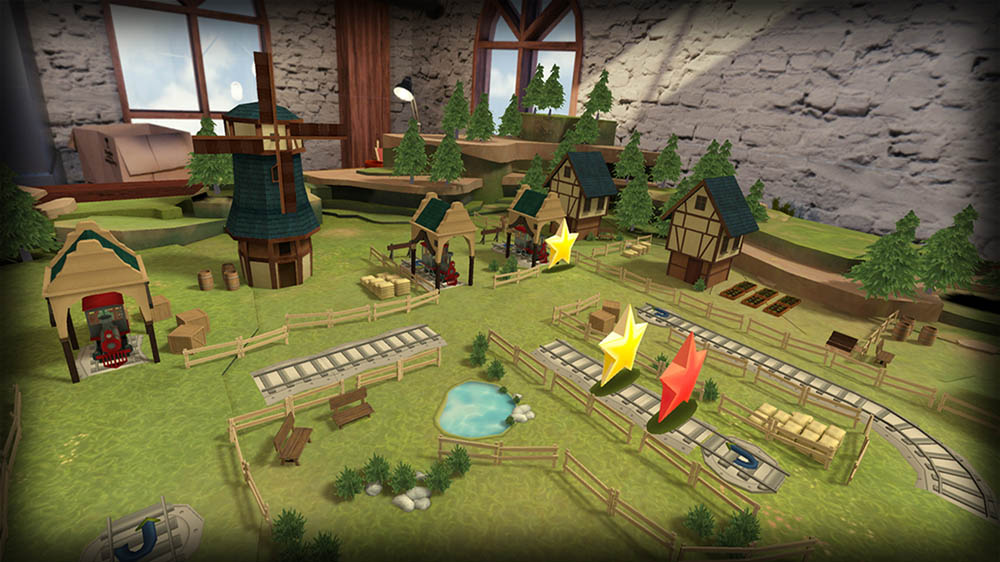
Talk us through the puzzle mechanics of Trains VR. How do they get more complex as the game progresses?
The gameplay in Trains VR is in two parts: the first one is figuring out a potential solution to the puzzle and placing your tracks. Then in the second part you verify your ideas, quickly get new ones and operate the whole table – switching tracks and turntables. We don’t have that many core mechanics (building tracks, switches, various trains, colors and tunnels) but mixing them together creates more and more complicated levels. One of the most complicated is the one where you have three trains, several stars to gain and lots of freedom on where to place your tracks. Surprisingly the more freedom you get, the more complicated the game becomes – constraints tend to give clues about how to solve the level and limit your options. We still have ideas for new mechanics that would add new layers of complexity – e.g. lights stopping trains or switches triggered by passing trains.
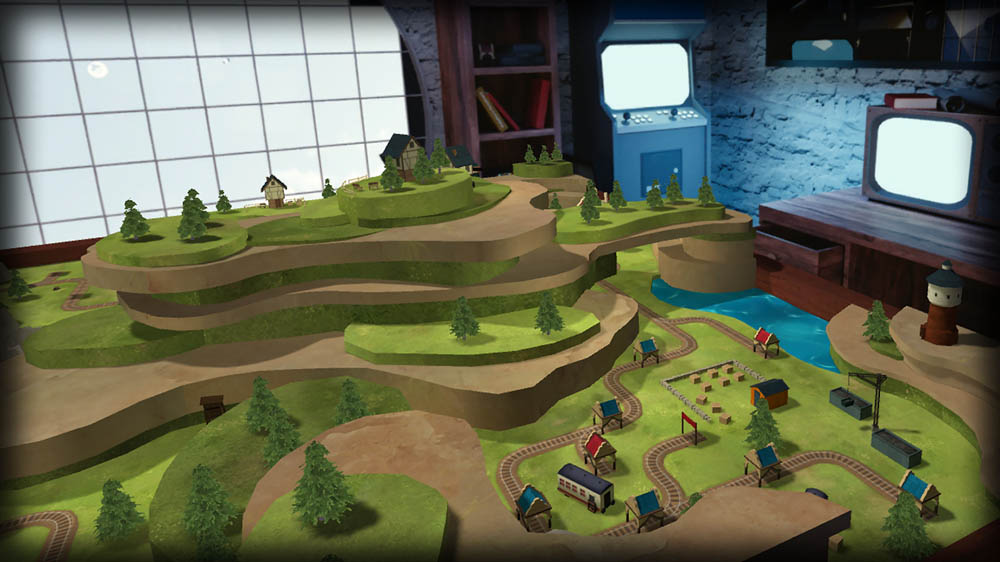
Players can also get into the train directly and ride around on the track. Are there any little details or Easter Eggs that people should look out for?
There are quite a few – for those who played the game during trade show all over the world, a whistle might look familiar – you can grab the yellow handle in the top left corner and check out what will happen. Also if you get close to the wall, where the manual for the controls is, and look physically through the wall – that might be interesting. I will leave the rest for players to figure out.
Do you have any future plans for Trains VR?
We have quite a few ideas. The biggest demand from players is to add “free play” option – thus bringing us back to our roots. So this is an obvious candidate. We know people would like to teleport around the table (you can now teleport to four spots in the room – the controls manual poster, credits poster, achievements shelf and obviously table itself). But we want to add free teleportation wherever you want – including the game table itself with scale changed appropriately.
What’s next for House of Fables after Trains VR?
We have various ideas which are not yet ready to be presented – but some of them include another adventure game, some of them are around VR. We think how we can utilize the mechanics behind Trains VR for other games, so off the top of my head, there’s a rollercoaster builder and “true rail shooter” (pun intended). The closest to release though would be Solar System and World War II experiences we made for Warsaw Movie School. So stay tuned and follow us on Facebook, Twitter and our webpage.
Thanks for talking with us, Adam.
Trains VR is available on Viveport, and as part of Viveport Subscription.
Website: LINK
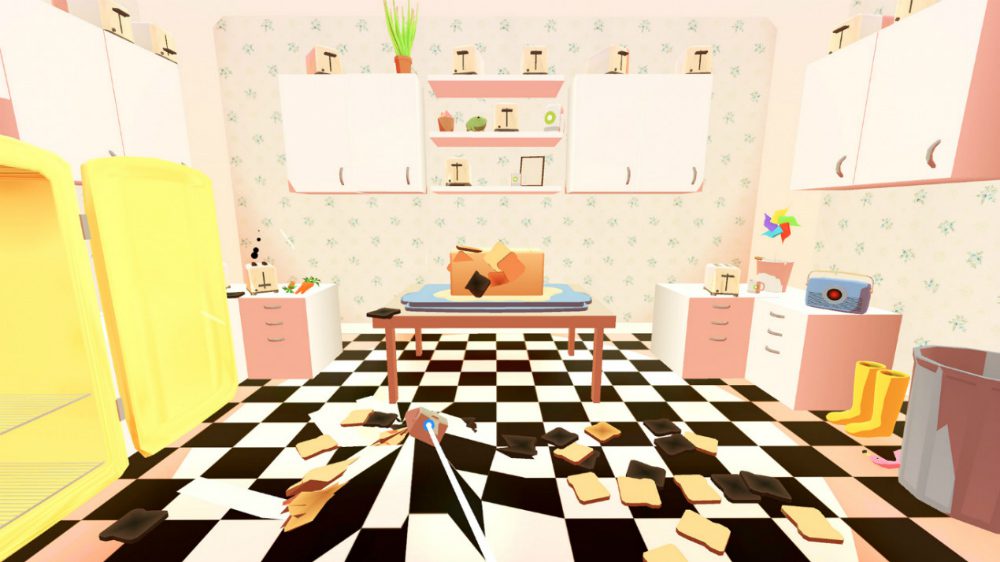
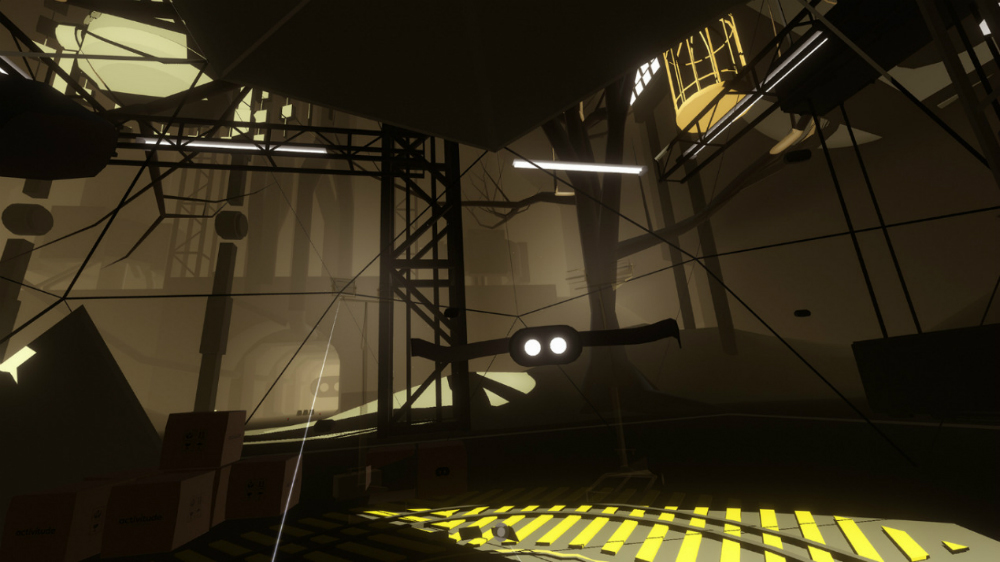
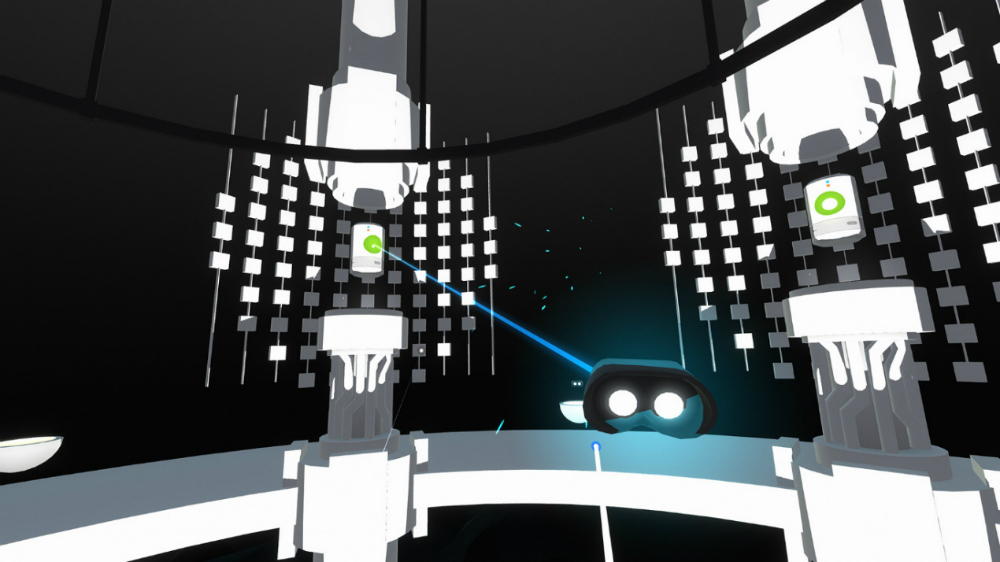
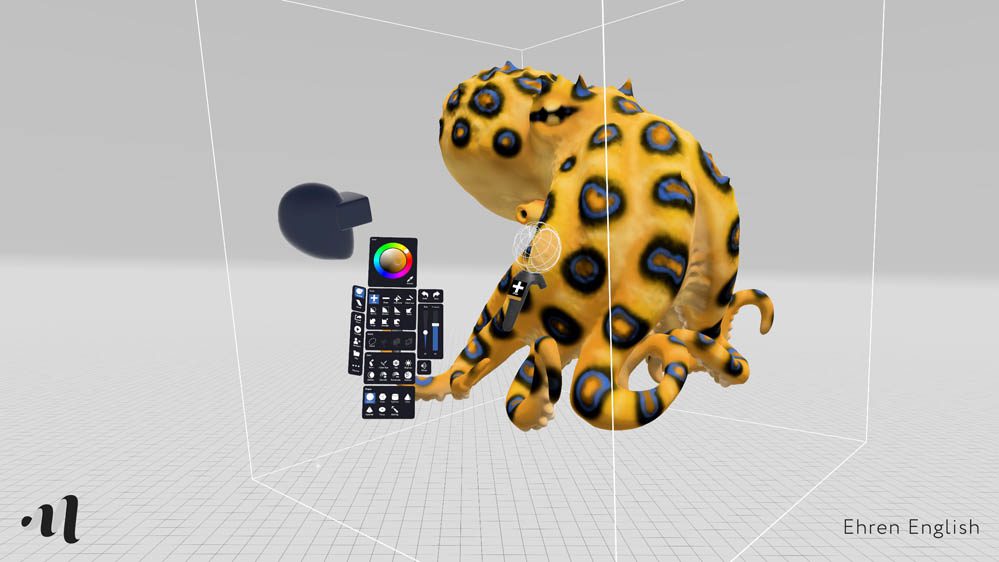
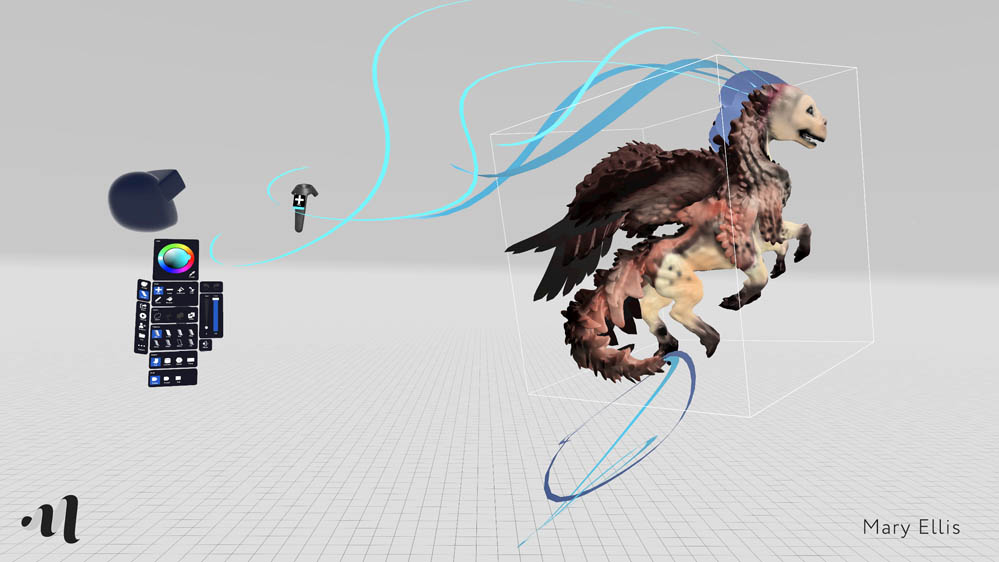
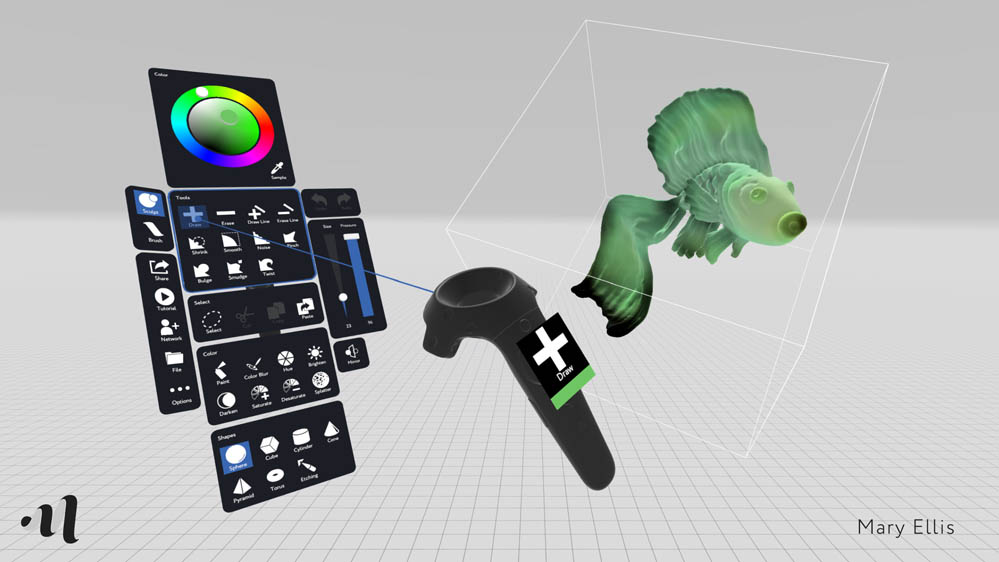
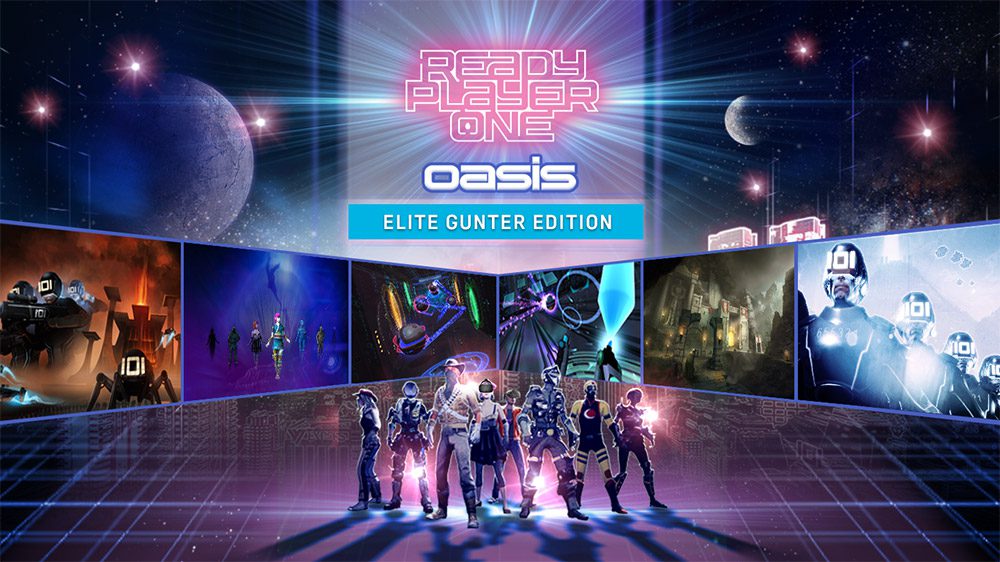
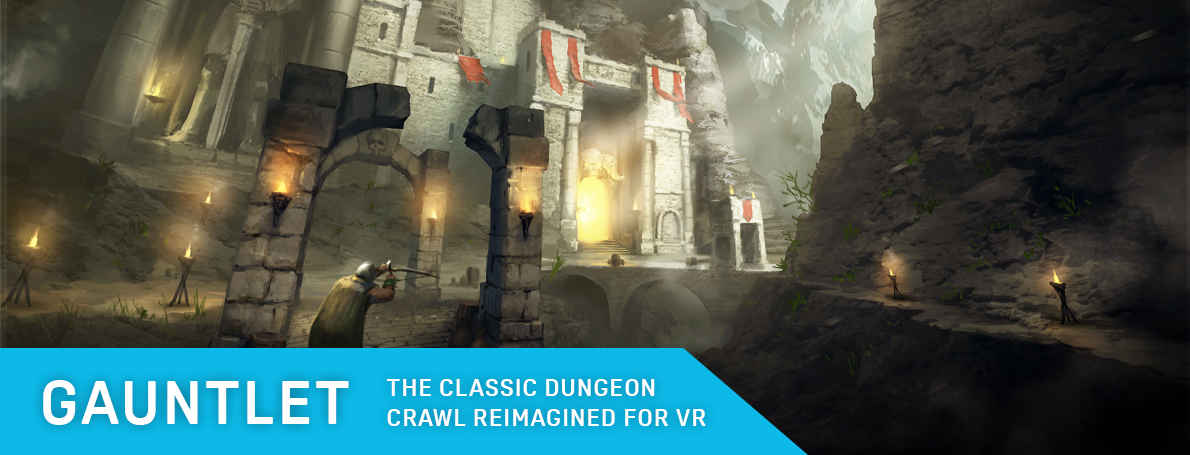
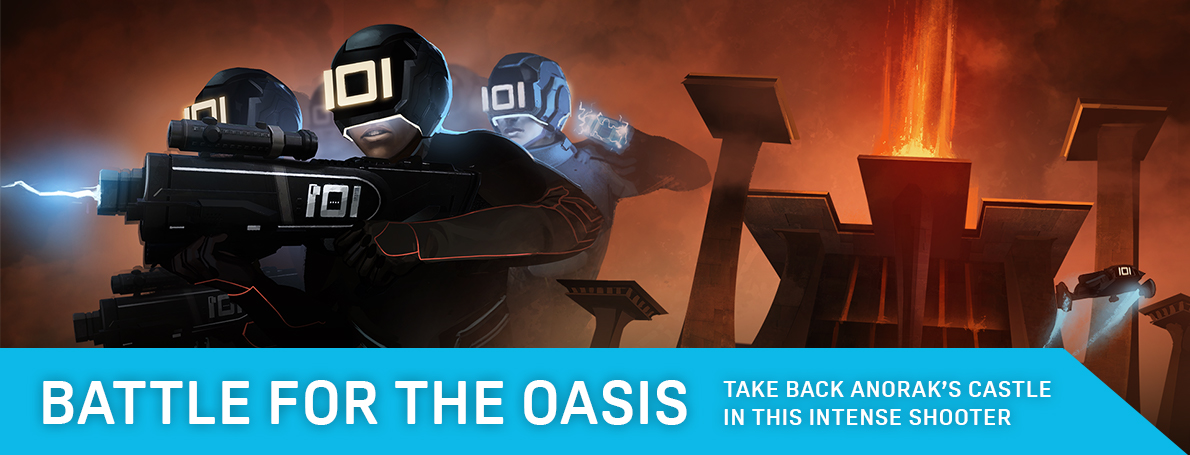 Smash
Smash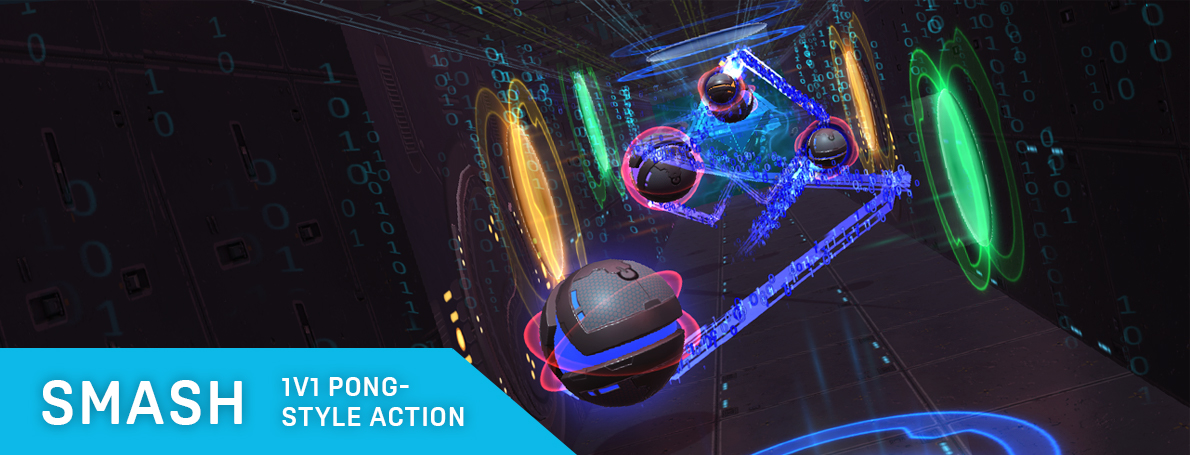 Fracture
Fracture